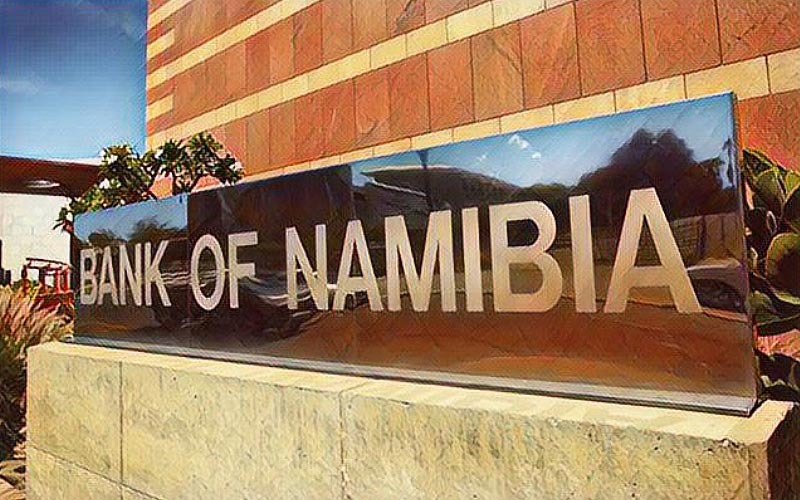The Namib Desert is truly the grandfather of humanity among the deserts of the southern hemisphere.
People have lived in this desert for more than one million years, a great deal longer than in the deserts of Australia – about 60 000 years – and the deserts of South America – about 15 000 years.
It was quite fitting then that Namibia was chosen as the venue for the sixth Southern Deserts Conference at Walvis Bay last month.
This was the first-ever international conference of archaeologists and scientists of related disciplines to meet in Namibia.
The meeting brought 62 delegates from 14 countries, making it a real United Nations of desert scientists.
Namibian institutions played a significant role. The meeting was hosted by the Namib Desert Archaeological Survey and included young Namibian archaeologists from the National Museum of Namibia, the City of Windhoek Museum and the National Heritage Council.
The conference was supported by a generous grant from the Namibian Chamber of Environment, with travel funding from the Wenner Gren Foundation for Anthropological Research.
Over five days of changing Walvis Bay weather, conference delegates heard 45 scholarly presentations, with much new research from all three desert regions being discussed.
The presentations ranged from topics such as ancient climates of the deserts, to detailed studies of human adaptation.
Evidence of surprisingly extended regional trading networks was presented, highlighting the movement of raw materials and ritual objects over immense distances. For the first time, this meeting included a session on the impact of mining on the deserts, their landscapes, archaeology and cultural values of marginalised communities.
Highlights of the conference included a unique exhibition of Namib Desert landscape paintings, and portraits of Namib Desert people by local artist Jacquie Tarr.
Swakopmunder Buchhandlung brought a pop-up bookshop to the conference to make available to delegates the surprising range of desert literature produced by Namibian writers and scholars.
In the middle of the conference week a capacity audience at Swakopmund Museum attended a public lecture on the human history of the Kalahari and Namib deserts by David Thomas, a professor at Oxford University.
The conference was a major boost for research scientists in the relative isolation of the Namib Desert.
It provided a valuable networking opportunity for young Namibian archaeologists, with the possibility of internships with Australian research projects being discussed as a future prospect.
The very high quality of the conference research presentations provides the material for a book of new desert research to be produced in the coming year.
True to the culture of desert people, the conference will move and the next conference will probably be held in Chile or Argentina four years from now.
John and Jill Kinahan
Stay informed with The Namibian – your source for credible journalism. Get in-depth reporting and opinions for
only N$85 a month. Invest in journalism, invest in democracy –
Subscribe Now!






